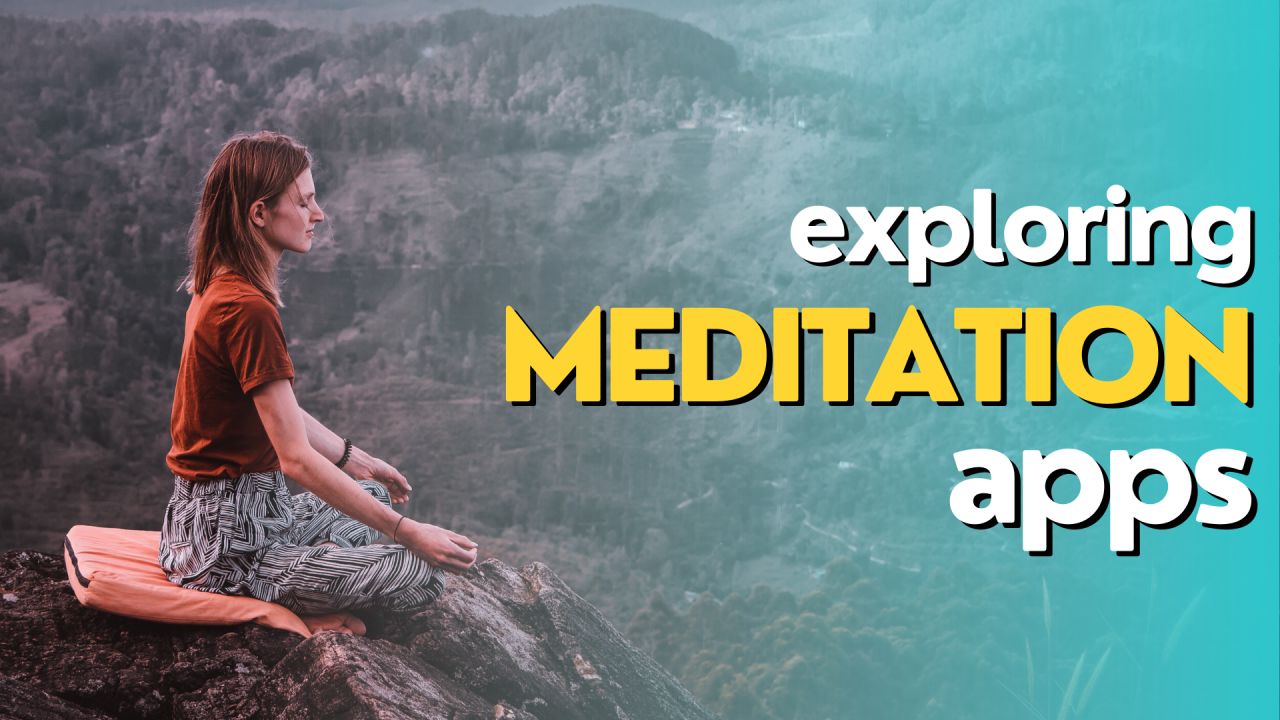Alright, so here’s the deal: mindfulness isn’t just a buzzword anymore—it’s basically the new black in 2025 America. We’re talking over a third of folks are doing it regularly, which is kind of wild, right? Blame it on science, blame it on everyone’s brains being fried from too much doomscrolling. The bottom line—mindfulness is everywhere. This guide? It’s the inside scoop on why everyone from stressed-out students to over-caffeinated office warriors is jumping on the mindfulness bandwagon, plus some actual science to back it up. We’re talking facts, not just vibes.
Table of Contents (or, skip around—nobody actually reads these in order)
- Wait, What Even Is the Science of Mindfulness?
- Why’s Mindfulness So Hot Right Now?
- Less Stress, Less Anxiety (Yes, Please)
- Brain Gains: Focus & Memory
- Emotional Regulation—Because Life Is Messy
- Physical Health: Not Just for Yogis
- Work Hacks: Mindfulness at the Office
- How Mindfulness Messes With Your Brain
- Real-Life Ways to Actually Practice Mindfulness
- Where to Find More (Because Google Is Overwhelming)
What Even Is the Science of Mindfulness?
So, mindfulness—originally big in Buddhist circles, now it’s gone full mainstream. Basically, it means paying attention to what’s happening right now without spiraling into thoughts of pizza or your inbox. Science has jumped on board, too: studies show it lowers stress hormones and clears mental fog. No joke, by 2025, most colleges and nearly half of workplaces are running mindfulness programs. If that’s not a trend, I don’t know what is.
Want receipts? Greater Good Science Center is a solid starting point. This whole mindfulness craze is turning the wellness world upside down.
Why’s Mindfulness So Hot Right Now?
Short answer: everyone’s stressed and tired. Long answer: surveys say 4 out of 5 Americans are burnt out. Mindfulness is easy to try—apps, five-minute YouTube videos, even quick breathing before meetings. Plus, it’s science-y enough that people trust it. Mental health, productivity, not flipping out at your boss—it kind of covers it all.
- Less Stress, Less Anxiety (Yes, Please)
The numbers don’t lie: regular mindfulness practice drops cortisol (that stress hormone) by about 20%. Meditation chills out your amygdala, aka your brain’s panic button. Considering three-quarters of us are worried about stress wrecking our health, this isn’t just woo-woo stuff.
Need a stress fix? Headspace is decent for beginners. Seriously, this is the main reason people get into mindfulness in the first place.
- Brain Gains: Focus & Memory
Mindfulness buffs up your prefrontal cortex—basically a gym for your brain’s attention and memory muscles. Eight weeks of daily meditation can bump your attention span by 15% (which, let’s face it, is needed in the TikTok era). Students, professionals, people who lost their keys three times this week—it helps everybody.
Harvard Health has the deets if you want to nerd out. These brain boosts are a big reason mindfulness is blowing up.
- Emotional Regulation—Because Life Is Messy
Mindfulness lights up the insula (fancy brain thing), making you more aware of your own moods. Four weeks in, people see 25% less emotional overreacting. Translation: you’re less likely to snap at your roommate or ugly cry at work. Who wouldn’t want that?
Need practical tips? Mindful.org is a goldmine. Emotional health is the backbone of this whole movement.
- Physical Health: Not Just for Yogis
It’s not just mental—mindfulness has legit body perks too. Lower blood pressure, better sleep (30% improvement, according to recent studies). Chronic pain drops by a fifth. Turns out, sitting still and breathing isn’t a waste of time after all.
For more on the physical side, Mayo Clinic breaks it all down. No incense required.
- Work Hacks: Mindfulness at the Office
By 2025, half of U.S. companies have some sort of mindfulness thing going. Employees who meditate are 15% more efficient and call in sick less. Plus, people actually report enjoying their jobs more. Who knew breathing at your desk could make you less miserable?
Curious about mindfulness at work? Forbes has some interesting takes. If it boosts productivity, you can bet your boss is interested.
How Mindfulness Messes With Your Brain
Science geeks, this one’s for you. Mindfulness literally changes your brain—MRI scans show more gray matter in memory areas, less activation in the stress centers. Eight weeks in, people see real, physical brain shifts. Focus, calm, bounce-back—these aren’t just feelings, they’re measurable changes.
Scientific American covers the details, if you want to get into the weeds.
Real-Life Ways to Actually Practice Mindfulness
Look, you don’t need to move to a mountain or wear hemp pants. Try these:
- Breathing Exercises: Two minutes, deep breaths, any time. Calm app is solid for this.
- Meditation Apps: Insight Timer for quick, no-fuss sessions.
- Gratitude Journaling: Write down three things you’re thankful for. Yes, it works.
- Mindful Walking: Pay attention to your steps and what’s around you for ten minutes. No phone allowed.
- Body Scans: Five minutes, just notice how your body feels. Weird, but relaxing.
Honestly, if you’ve got time to scroll Instagram, you’ve got time for this.
Where to Find More (Because, Help?)
- Headspace: Website
- Calm: Email support@calm.com
- Insight Timer: Website
- Mindful.org: 1-800-677-0409
Conclusion
So yeah, mindfulness is having its moment—and for good reason. We’re all looking for ways to chill out, focus, and stop losing our minds. Science backs it up, people swear by it, and there’s literally no downside. Give it a shot. Worst case, you get five minutes of peace and quiet. Not exactly a tragedy.
